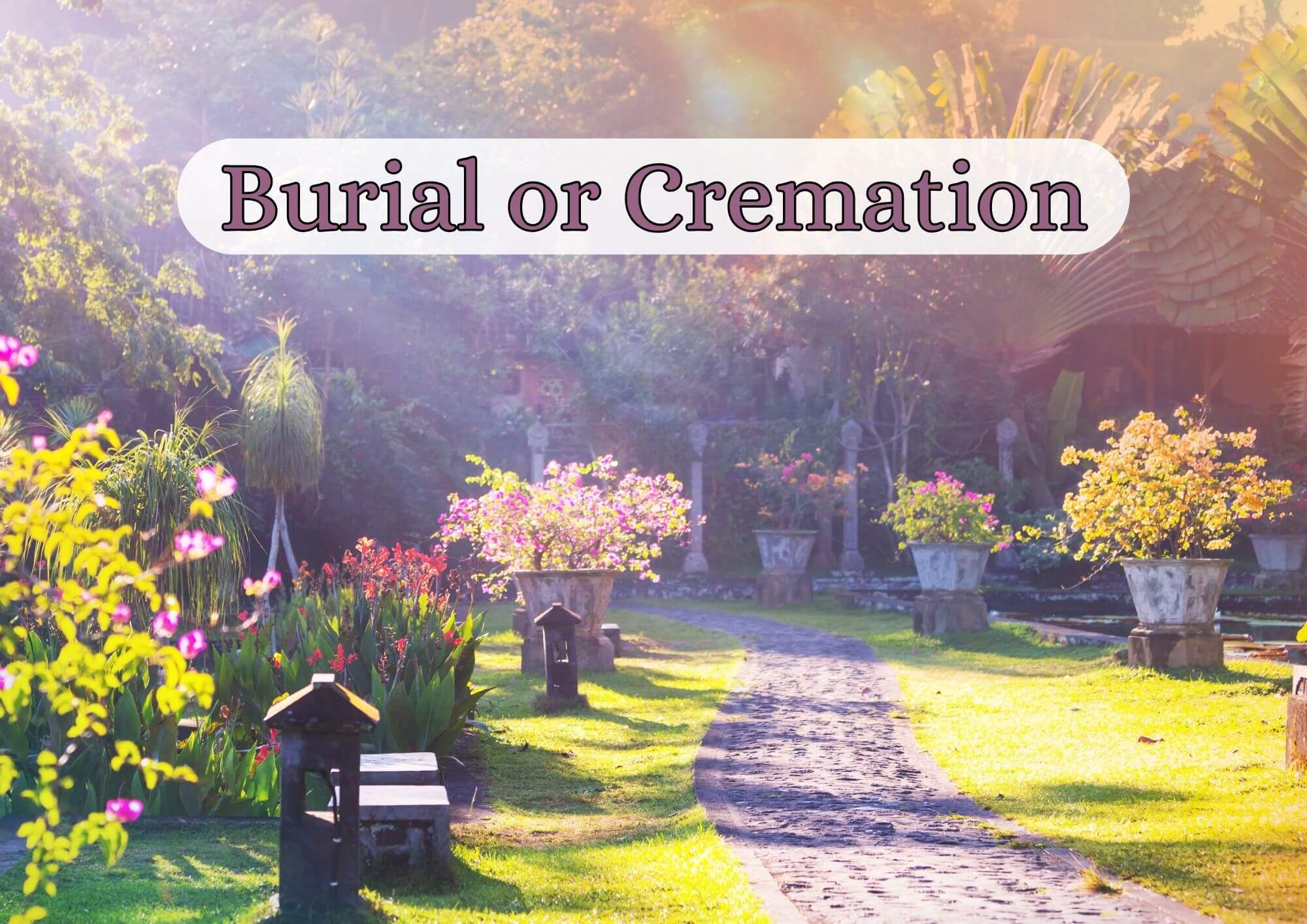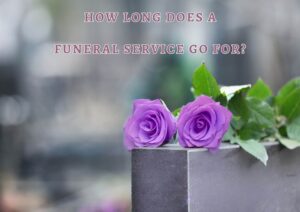What Is the Difference Between Burial and Cremation?
The question of whether to choose a burial or cremation for our physical remains after we pass away is a deeply personal one. It’s important to make informed choices that align with your beliefs, values and preferences.Here at Moody Funerals, we are here to help you through thistle with all the information you may need.
As you read on, we have explained the key differences between these two options, helping you make a decision that feels right for you or your loved one.
Burial: A Time-Honoured Tradition
The Basics of Burial:
Burial is a time-honoured tradition that involves placing your loved one’s in a coffin or casket and interring (burying) them in a designated burial plot, in a cemetery.
Here are some important aspects of burial:
- Preservation of the Body: In some circumstances, but not always, the body of your loved one is preserved and placed in a coffin or casket. This allows extra time for a viewing or visitation before the funeral service, giving loved ones an opportunity to say their final goodbyes.
- Cemetery Options: Burial usually takes place in a cemetery. There are various types of plots to choose from, including single graves, family plots and mausoleums. Cemeteries offer a serene and dedicated space for remembrance and reflection.
- Customisation: Burial services can be personalised to reflect the individual’s life and preferences. Families can choose from a range of coffins or caskets, gravestones to create a unique and meaningful tribute.
- Cultural and Religious Significance: Many cultures and religions have specific burial practices that hold deep significance. Burial can be a way to honour these traditions and provide comfort to those grieving.
Cremation: A Modern Alternative
The Basics of Cremation:
Cremation is a modern alternative to burial that involves the transformation of your loved one into ashes through high-temperature combustion. These ashes, also known as cremated remains, are then typically placed in an urn or another container and can be either scattered, interred in a plot in a cemetery or kept in your care. Here are some key aspects of cremation:
- Flexibility in Memorialisation: Cremation offers greater flexibility in memorialisation. Families can choose to keep their loved one’s ashes in an urn, scatter them in a meaningful location, or even incorporate them into keepsake jewellery or art.
- Reduced Environmental Impact: Cremation is often considered a more environmentally friendly option than a burial, as it requires less land, if interring (burying). However, it’s important to be aware of the environmental impact of cremation itself, such as energy consumption.
- Cost Considerations: Cremation can be a cost-effective option compared to traditional burial. It eliminates the need for a burial plot, and cemetery burial fees. This can be especially beneficial for many mindful of costs.
- Customisation: Like burial, cremation services can be customised to reflect the loved one’s life and preferences.
Families can choose from a large range of urns and memorialisation options, in order to create a personalised tribute.
Things to Consider When Choosing Between Burial and Cremation
The decision between burial and cremation is deeply personal and should be made with careful consideration. Here are some factors to keep in mind when making your choice:
- Personal Beliefs and Values: Consider your own beliefs, or those of your loved one’s if you’re making arrangements for them. Some people may have religious or cultural beliefs that strongly influence their decision.
- Emotional Considerations: Reflect on how you and your family members may cope with the chosen method of burial or cremation. Some find comfort in traditional burials with a designated place for visitation and remembrance, while others may prefer the flexibility and simplicity of cremation.
- Environmental Impact: If environmental concerns are a priority for you, research eco-friendly options for both burial and cremation.
- Budgetary Constraints: Consider your financial situation when making a decision. Cremation is often more cost-effective, but remember that additional memorialisation options may come with their own costs.
- Family and Cultural Considerations: Discuss your decision with family members and consider their input, especially if there are strong cultural or familial traditions that should be honoured.
- Personalisation: Think about how you’d like to remember and celebrate the life of the departed. Both burial and cremation offer opportunities for personalisation, so explore the options available to you and discuss these with your funeral director.
- Practicality: Consider the practical aspects of the chosen method. For example, if you plan to scatter ashes, ensure you have the necessary permissions and access to the chosen location, if applicable.
A Personal Choice
In the end, the choice between burial and cremation is a deeply personal one that should be guided by your beliefs, values and circumstances. Both options offer unique benefits and opportunities for personalisation. It’s essential to take your time, gather information and consult with loved ones when making this decision. Ultimately, the goal is to provide a dignified and meaningful farewell that honours the life and memory of your loved one, regardless of your choice.
Our funeral directors in Melbourne offer you guidance, along with their expertise when arranging a funeral for your loved one. As a funeral home in Melbourne, we offer a 24 hour funeral service. We service all areas and are a proud member of the Funeral Director Association.
Contact Us today for further information
Related blog posts
Unique ways to honour your loved ones’ ashes
Why rituals are important in the grieving process





